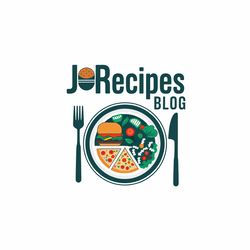Can You Trust ‘Superfood’ Labels. What to Know First
Think of the term “superfood” as a shiny wrapper on a package—appealing but not always indicative of true value inside. While these labels suggest extraordinary health benefits, many lack scientific rigor and a clear definition. As you navigate the crowded aisles of trendy products, it’s crucial to discern fact from marketing. What really matters for your health may not be what’s trendy, but rather what’s nutritious and whole. So, how can you sort through the claims?
Understanding the Superfood Label: Definition and Origin
The term “superfood” has become a buzzword in health and wellness conversations, but what does it really mean?
This label generally refers to nutrient-dense foods that offer health benefits.
However, understanding the superfood label is essential to debunking superfood myths, as many products tout the term without scientific backing.
Ultimately, it’s about focusing on a balanced diet rather than chasing trendy labels. Recent studies suggest that while some superfoods may offer nutrition benefits, the hype surrounding them can often overshadow more straightforward, wholesome dietary choices.
Common Misconceptions About Superfoods
Many people often fall prey to misconceptions about superfoods, thinking that simply eating these trendy items guarantees better health.
In reality, superfoods aren’t magic solutions; they’re just nutrient-dense foods.
Balance in your diet and lifestyle matters more than ticking off superfood boxes.
Relying solely on them can lead to neglecting other essential nutrients, which is crucial for overall well-being. Furthermore, understanding the truth behind nutrition myths can help you avoid falling for marketing gimmicks and make healthier choices.
Nutritional Value vs. Marketing Hype
While superfoods might steal the spotlight in health discussions, it’s essential to dissect their true nutritional value compared to the marketing hype surrounding them.
Often, these foods are promoted for their rich nutrient content, but not all deliver significant health benefits. You’re better off focusing on a balanced diet rather than getting swayed by flashy labels that exaggerate health claims. Additionally, it’s important to recognize that some touted health benefits of superfoods are often based on questionable research methods which may not provide a reliable basis for their efficacy.
Regulatory Standards for Food Labeling
When assessing superfood labels, understanding the regulatory standards for food labeling is crucial. The FDA oversees food labeling to ensure accuracy, but terms like “superfood” lack formal definitions. This means companies can use these labels more freely.
Familiarize yourself with ingredient lists, health claims, and serving sizes to make informed decisions. Knowing these regulations helps you navigate marketing claims effectively.
Making Informed Dietary Choices: What to Look For
To make informed dietary choices, it’s essential to look beyond eye-catching labels and marketing buzzwords. Focus on nutrient density, ingredient sourcing, and certifications that indicate quality. Here’s a quick reference table to guide you:
| What to Look For | Why It Matters |
|---|---|
| Nutritional Value | Supports health goals |
| Ingredient List | Reveals processing quality |
| Certifications | Provides trusted standards |
Incorporating healthy eating tips can further enhance your ability to choose foods that promote long-term wellness.



